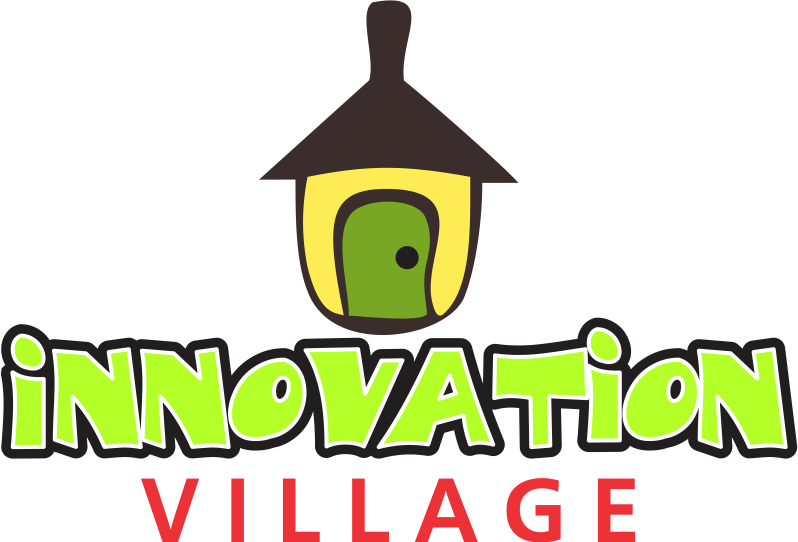A groundbreaking AI-powered initiative was launched on Monday to create an immersive digital experience of St. Peter’s Basilica in collaboration with Microsoft and Iconem, a heritage digitalization company. The project, designed to enhance the spiritual journey of visitors ahead of the Jubilee celebrations in 2025, offers a virtual replica of the iconic church, allowing people to explore its grandeur in ways never before possible.
Cardinal Mauro Gambetti, Archpriest of St. Peter’s Basilica, expressed his excitement about the project during a press conference, likening the experience to observing a “starry sky on a summer night.” He described the new digital tools as instruments that provide “better viewing,” much like a telescope or spaceship, offering a fresh perspective on the Basilica’s awe-inspiring architecture.
The partnership between Microsoft and the Vatican marks a significant convergence of ancient tradition and modern technology. Microsoft President Brad Smith, speaking at the event, highlighted the project’s potential to bridge the gap between the past and the present. Reflecting on his own experience, Smith shared that exploring the Basilica virtually deepened his understanding of St. Peter’s legacy, saying the experience brought “that history to life.”
The digital replica was created using a combination of cutting-edge drone, camera, and laser scanning technology, followed by sophisticated AI algorithms to reconstruct every detail. This process enables visitors to explore areas that are typically out of reach, such as the Roman tombs below the Basilica and the intricate artwork in the high dome. Through virtual tours and digital exhibitions, viewers can now access previously inaccessible parts of the Basilica, enriching their understanding of this Renaissance marvel.
Smith emphasized the significance of making St. Peter’s Basilica accessible to a global audience. “We are taking St. Peter’s not just to the world but to a new generation of people,” he said. “This language resonates with them, and it helps bring the spiritual, cultural, and historical significance of the Basilica to people worldwide, whether or not they can visit Rome in person.”
The project also highlights the power of collaboration. By bringing together the Vatican, a centuries-old institution, and Microsoft, a leader in technology, this initiative exemplifies the potential of different areas of expertise to address shared goals. Smith pointed out the broader message of this partnership: when diverse groups unite to solve common challenges, they can achieve remarkable outcomes.
One of the key themes of the project is how faith and technology can coexist. Addressing concerns about the potential tension between new technologies and religion, Smith argued that this collaboration exemplifies how technology can actually enhance spiritual experiences. He concluded that this initiative provides an opportunity to reconcile perceived conflicts between faith and technology, offering something “bigger than they might have imagined.”
Through this AI-enhanced experience, St. Peter’s Basilica is no longer confined to its physical walls but has been brought to life in a digital realm, inviting pilgrims, scholars, and curious minds alike to experience its timeless beauty in a new, accessible way.


